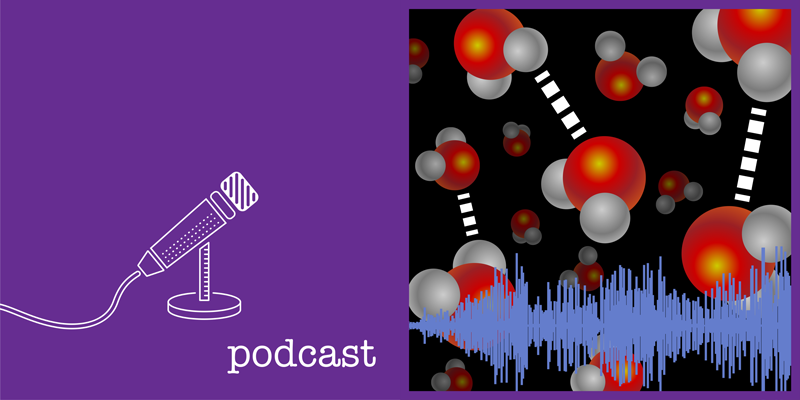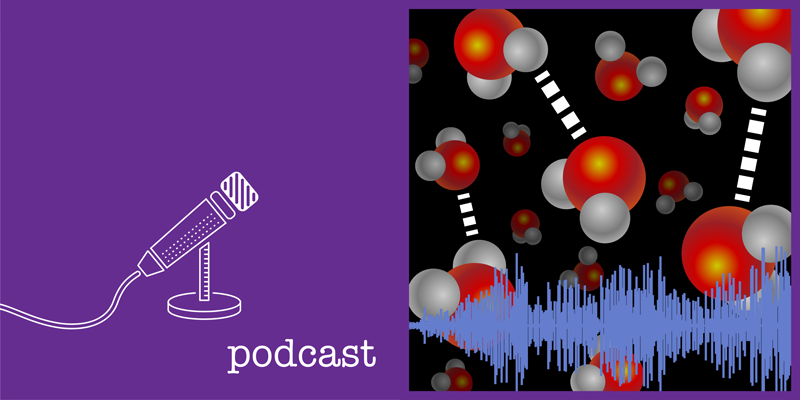Podcast: The Sounds of Data
LISTEN HERE, ON APPLE PODCASTS, OR ON SPOTIFY.
In this episode of This is Physics, Physics Magazine speaks with scientists who rely on senses other than their sight, such as hearing and touch, to interpret data, communicate their research, and make art. For example, they use sonification—the transformation of data into sound—to “listen” to hydrogen bonds and interpret gravitational-wave signals and other astrophysical data. Sonification also offers tools for visually impaired researchers and scientific outreach.
Podcast host Julie Gould speaks with the following guests: Martin Gruebele, University of Illinois at Urbana-Champaign, US; Carla Scaletti; Scott Hughes, Massachusetts Institute of Technology, US; Garry Foran, Swinburne University of Technology, Australia; Beatriz Garcia, National Technological University, Argentina; Anita Zanella, National Institute for Astrophysics, Italy; Nigel Meredith, British Antarctic Survey, UK; Diana Scarborough, University of Cambridge, UK.
Music credit: Sounds of Space project by Nigel Meredith, Diana Scarborough, and Kim Cunio. Excerpts from Celestial Incantations: Stone Age Ice; Aurora Musicalis: The Ending of the Symphony of the Harmony of Celestial Revelations; and Sunconscious: Sunset Phosphorescence.
–Julie Gould
Julie Gould is a freelance science journalist and podcast producer based in London.





